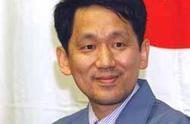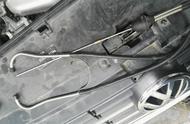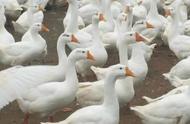一般过去时的用法:
1.表示在确定的过去时间里发生的动作或存在的状态。
·Where did you go on vacation?你去哪里度假了?
·At twenty-eight he moved to London and joined a theatre company.在28岁时,他搬去了伦敦并加入了一家戏剧公司。
·I wrote something wrong just now. May I use your eraser?我刚才写错东西了。我可以用一下你的橡皮吗?
2.表示过去一段时间内反复发生的动作或存在的状态。
·I often swam in the river when I was a child.我小时候经常在河里游泳。
·In the early evening we always stopped to make camp.
我们总是在傍晚时分停下来搭帐篷。
3.在时间、条件、方式、让步状语从句中表示过去将来的动作。
·Mary said as soon as she arrived there,she would giveme a call. 玛丽说她一到那里就给我打电话。
·They said they would inform me if they heard any newsabout him. 他们说如果听到关于他的消息就通知我。
二、标志:
常与一般过去时连用的时间状语有:yesterday 昨天
the day before yesterday前天
the other day 前几天
last week/year 上周/去年
once upon a time 很久以前
in the old days 在过去的日子里
一段时间十ago ……之前(two days ago两天前)
just now 刚才
三、一般过去时的基本结构
1.谓语动词是be的情况
was是am和is的过去式,were是are的过去式,所以be动词的过去式有人称和数的变化。
肯定句:主语+was/were 其他
否定句:主语+was/were not 其他
特殊疑问句:特殊疑问词+was/were 主语+其他。
一般疑问句:was/were 主语+其他?
肯定回答:Yes,主语+was/were.
否定回答:No,主语+wasn't/weren't
2.谓语动词是实义动词的情况
肯定句:主语+动词的过去式+其他
否定句:主语+did not(didn't) 动词原形+其他
特殊疑问句:特殊疑问词+did 主语+动词原形+其他?
一般疑问句:Did 主语+动词原形+其他
肯定回答:Yes,主语+did.
否定回答:No,主语+didn't.













